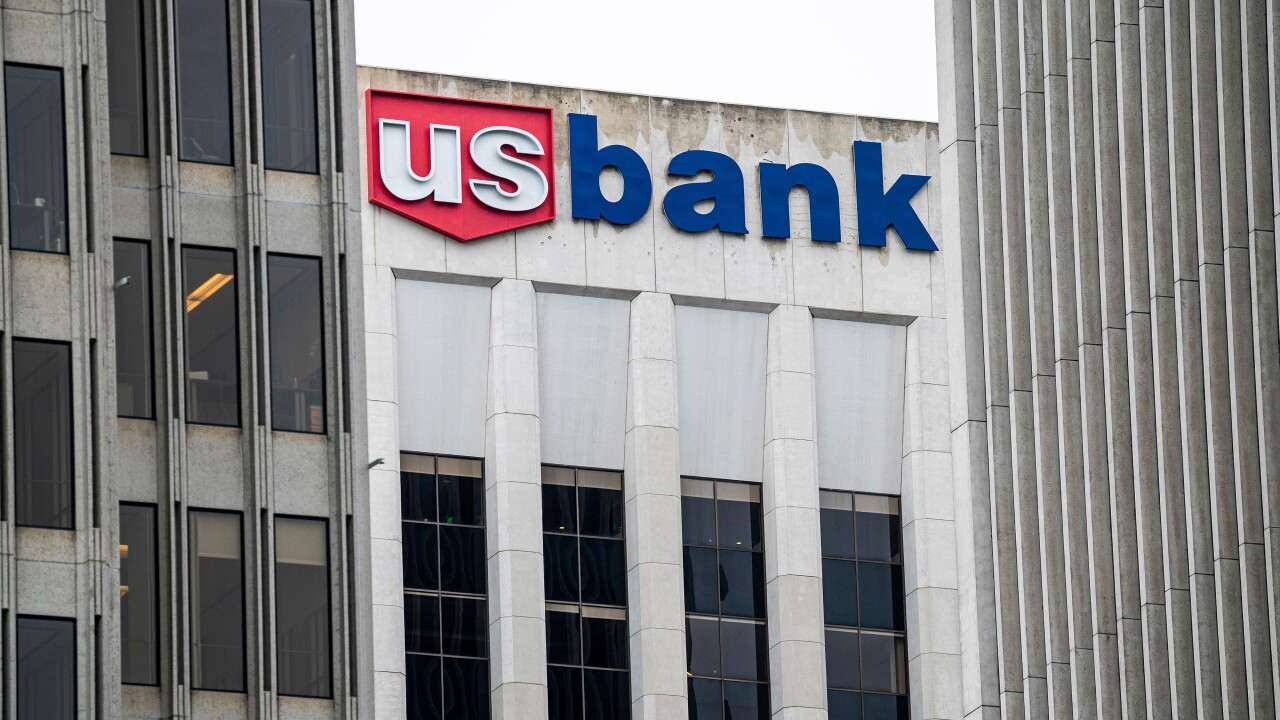Big banks have been adding more fuel to the riskiest segment of the U.S. auto loan market than smaller depositories and credit unions, according to new research from the Federal Reserve Bank of New York.
In the third quarter of 2018, 25% of outstanding auto loans issued by banks with more than $50 billion of assets went to subprime borrowers, the study found.
By comparison, only 14% of the auto loans issued by credit unions and smaller banks were classified as subprime. The researchers defined subprime loans as those that went to borrowers with credit scores less than 620.

Auto loan originations reached an all-time high of $584 billion in 2018, according to the report, which found that loan performance has been slowly worsening, despite the strong U.S. economy. The percentage of loans that became at least 90 days delinquent during the fourth quarter was as high as it had been in seven years.
“Growing delinquencies among subprime borrowers are responsible for this deteriorating performance,” Joelle Scally, administrator of the Center for Microeconomic Data at the New York Fed, said in a press release Tuesday.
Subprime auto lending has boomed for most of the last decade, since high-cost loans to borrowers with marred credit histories offered attractive yields in an era of low interest rates. Lenders offered loan terms as long as 84 months in an effort to reduce the borrowers’ monthly payments, exposing themselves to the risk of higher losses if the loans went south.
Over the last few years, originations of subprime auto loans have cooled somewhat, and the continued industrywide growth has been driven by loans to borrowers with strong credit histories. Last year, consumers with credit scores of 760 or higher borrowed $188 billion to buy cars, an 18% increase from 2015.
At banks, underwriting standards for auto loans were largely unchanged over the fourth quarter of 2018, according to the most recent Senior Loan Officer Opinion Survey from the Fed. But in research published last week, Moody’s Investors Service argued that U.S. auto lending standards are weak — and are expected to remain so — in comparison to historical standards.
The New York Fed’s research suggests that firms specializing in auto loans to subprime borrowers face a rocky road whenever the next recession comes. Even as the U.S. unemployment rate dipped below 4% last year, the percentage of subprime loans that became at least 90 days delinquent was significantly higher than it was in the boom years leading up to the Great Recession.
Most big banks that offer subprime auto loans have diversified balance sheets that should mitigate their risks. But the same is not true for auto finance companies, which also have more exposure to high-risk car buyers.
The New York Fed found that a whopping 50% of outstanding loans from auto finance companies are to borrowers with credit scores less than 620.
“This group of lenders also has persistently higher delinquency rates when compared with banks and credit unions, even after controlling for the borrowers’ credit scores,” researchers at the New York Fed wrote in a blog post.
The researchers noted that their data reflects which companies originate auto loans, rather than who holds the debt. Because some loans are securitized and sold, it may not be a reflection of the current risks on companies’ balance sheets.





